

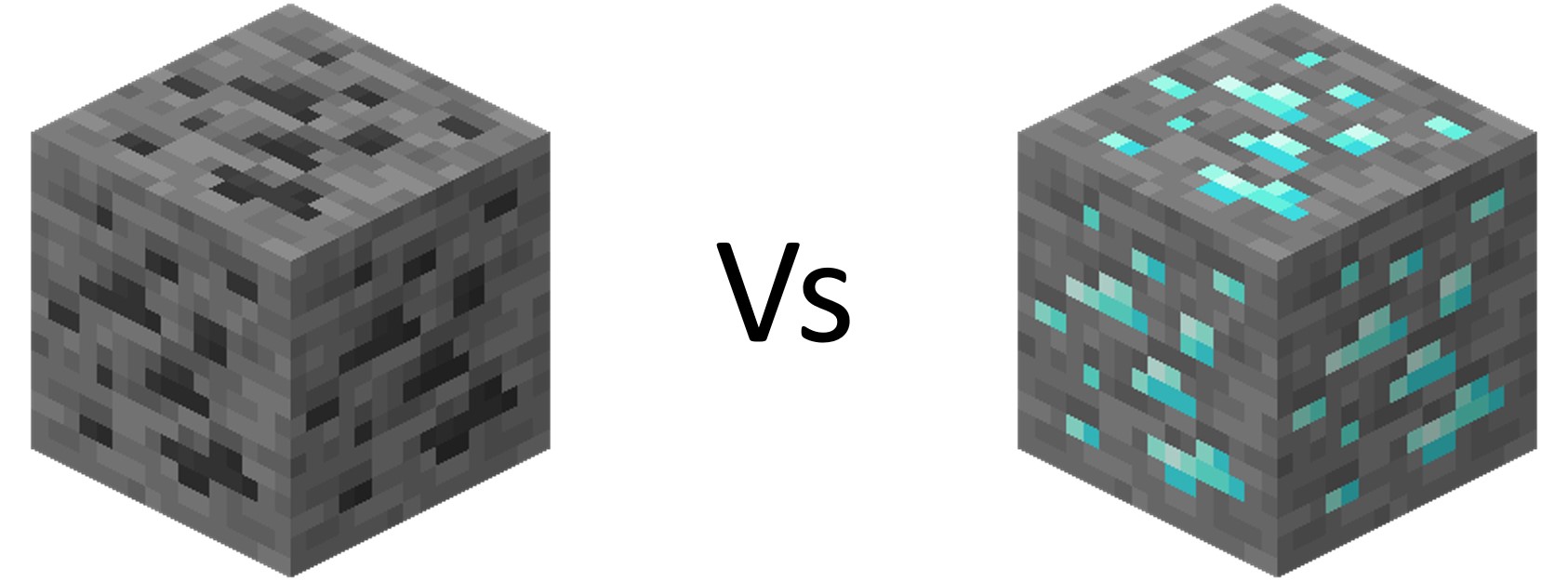
This online workshop will be looking at the properties of coal and diamonds.
Why these two totally different materials?
During this activity we hope to explain how they are not as completely different as they first appear.
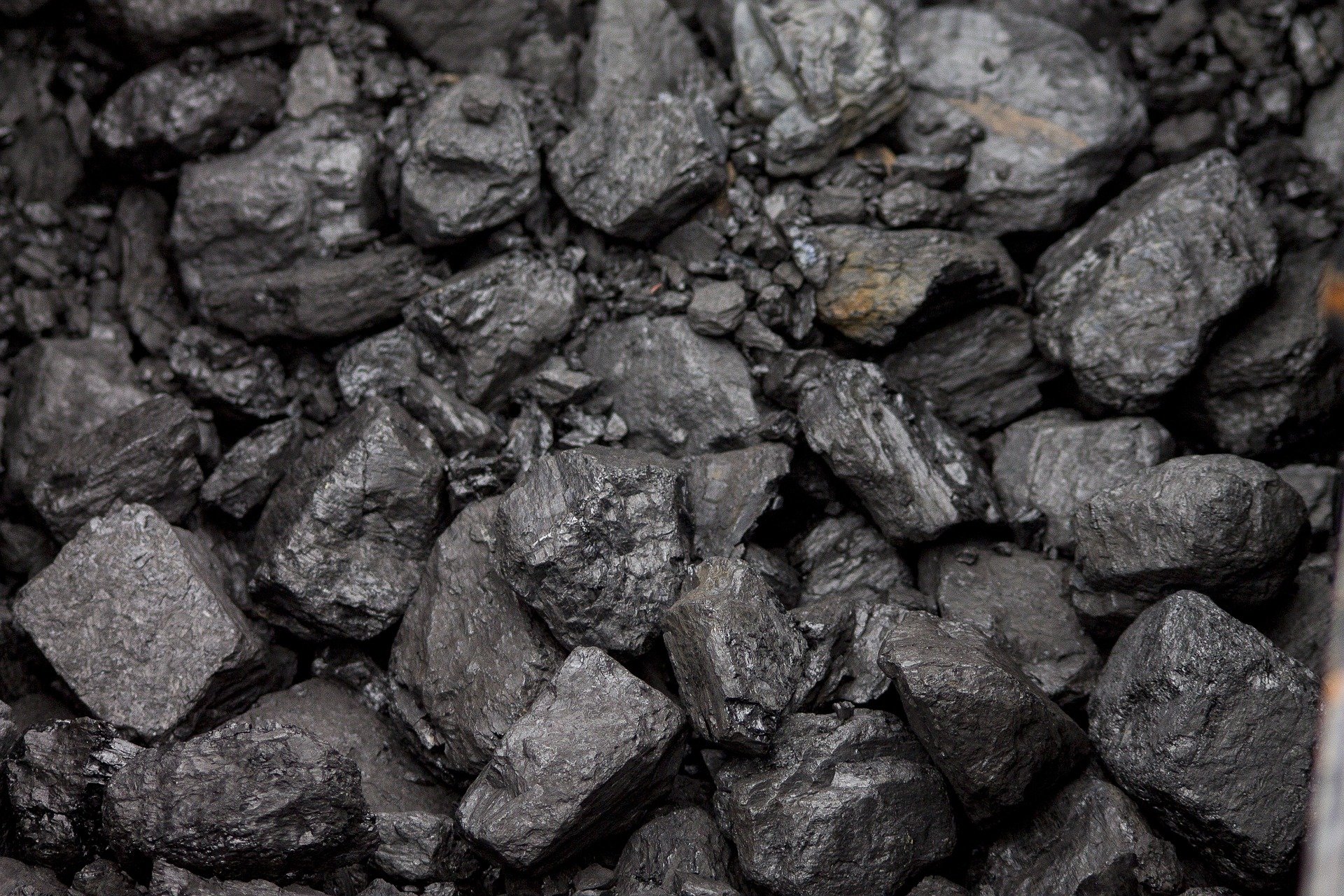
Coal has been used as a fuel for approximately 3000 years. It is created when organic material (dead animals and plants) become buried under enough weight to press it together into a solid seam (large block) of black rock. This is why we call coal a fossil fuel - it is made up of animals and plants that died millions of year ago. It also means that once we only have a limited supply as it will take another few million years to replace it.
How would you describe a piece of coal to someone who had never seen or heard of it before?
Try to come up with five different properties (descriptions) of coal.
How heavy is coal?
What colour is coal?
Why is coal so 'dirty'?
Coal is:
Click on the images below for more information.
Power Station
Coal is a fuel used in some power stations to create electricity. In the UK now, coal is only used in power stations if and when other fuels or energy sources are not enough. More developing countries still use coal as their main source of power.
Stove
Coal can be used as a fuel in fireplaces, stoves, and cookers.
Minecraft Furnace
As in real life, coal is used as a fuel in Minecraft
Bath time
Some medicinal shampoos and soaps contain coal tar - a thick dark liquid created when making more specialist fuels from coal.
Farming
Coal is used to produce a chemical called ammonia. This is then used in some fertilisers by farmers and gardeners.
Building Materials
Several different building materials are made with waste products from using coal in industry, these include tar, concrete and cement.
Stainless Steel Screws
Iron and steel are produced through melting the ores with coke. No, not the drink, coke is also the name of a fuel made from cooking coal.
Drinking Water
A lot of our tap water and bottled water has gone through a filter made up of activated carbon, which is often made from coal.
Aspirin
The active ingredient of aspirin (a pain-relief medicine) is a waste-product from using coal tar to make dyes.
Mountain Bikes
Most modern sports equipment, including mountain bikes and tennis rackets are made of Carbon Fibre. This lightweight, durable material is made using coal.
Sweets
When investigating how coal tar could be used, scientists created a food colouring called Tartrazine (E102 or Yellow 5). This is one of the most used yellow food colourings today, although coal tar is not used as often in it.
Explosives
Without going into too much detail, coal can be processed into very explosive substances

Diamonds have been used in jewellery for over 2000 years. The first of these precious stones were retrieved from rivers in a way similar to gold-panning. We didn't start mining diamonds until the 19th Century. They are very expensive due to their rarity and the difficulties of mining and processing them.
How would you describe a diamond to someone who had never seen or heard of it before?
Try to come up with five different properties (descriptions) of diamonds.
How strong is diamond?
What colour is diamond?
Why are diamonds used in jewellery?
Diamond is:
Click on the images below for more information.
Jewellery
As already mentioned, the most known use for diamonds is in jewellery.
Tools
The main use of diamonds outside of the jewellery industry is in the production of tools - drills, blades and files. Due to the toughness and strength of diamond it is the best material to use to make heavy-duty machinery and power tools last longer without blunting. As in Minecraft, diamond would certainly make a very strong pickaxe or sword - but it would cost too much to create, so perhaps a pickaxe with a diamond dust coated tip would be a more feasible option?
Computers
Diamonds are very good at keeping electronics cool by absorbing the heat. They also cool much faster than other materials afterwards. The device that does this inside electronic systems (like computers) are called heat sinks.
Experimental Cancer Treatments
Research is currently being done on the use of nano-diamonds (very, very tiny bits of diamond) in helping make cancer treatments work better in the human body.
Microscopes
Diamonds can make very fine, yet strong, lenses for optical equipment like microscopes and telescopes.
Gemstones
As diamonds are used to make the strongest cutting and polishing tools, they are therefore used to prepare other diamonds and gems
Dentistry
Diamonds keep their strength even in the smallest of amounts. This means that most of the tiny tools used by a dentist are tipped or coated in diamond dust.
Sound Systems
What is the best material to have in your music speakers? Yes, diamonds are very good at producing lovely clear vibrations without breaking apart over time. The current cost of diamonds means that only the top-range of electronics include them.
Lasers
The reflective nature of diamonds along with the ability to make strong thin lenses, makes it a much used material in laser-beam research.
Glass
By mixing diamond dust with other materials it can add additional strength. For example, diamond can be added to glass to make it extra strong for objects under a lot of pressure, like a vacuum chamber (a container from which all the air has been removed). Diamond also makes glass radiation proof, which can then be used on space craft and in hospitals.
Skin Care
Some skincare products contain diamond dust - including a type of spray tan famously used by Kim Kardashian for her wedding. There is no scientific evidence that diamonds have any skincare benefits.
Watches
The time keeping mechanism in analogue watches (those with hands that travel around the face) originally included gemstones such as diamond due to the fact they were strong and didn't wear down over time. Nowadays, such watches use synthetic (man-made) sapphires or rubies for the same job.
We have now looked at the properties of both coal and diamond along with some of their uses.
How can these two materials possibly be related?
True, it would be hard to find two materials any more different from each other on the surface. However, if we take a deeper look into what they are made from, you might be surprised.
Everything is made up of really teeny tiny particles called atoms.
These are so small that even the most powerful microscopes cannot zoom in close enough for us to 'see' them. There are some impressive ones that can detect and/or map the appearance of atoms.
To give you an idea of how far you'd need to zoom in to see an atom check out this cell size and scale animation. Although aimed to show you cell size - it does go all the way down to a carbon atom.
There are many different types of atoms - these can all be seen on the Periodic Table of Elements. We shall be looking at carbon, which is highlighted on the below version of the Periodic Table.
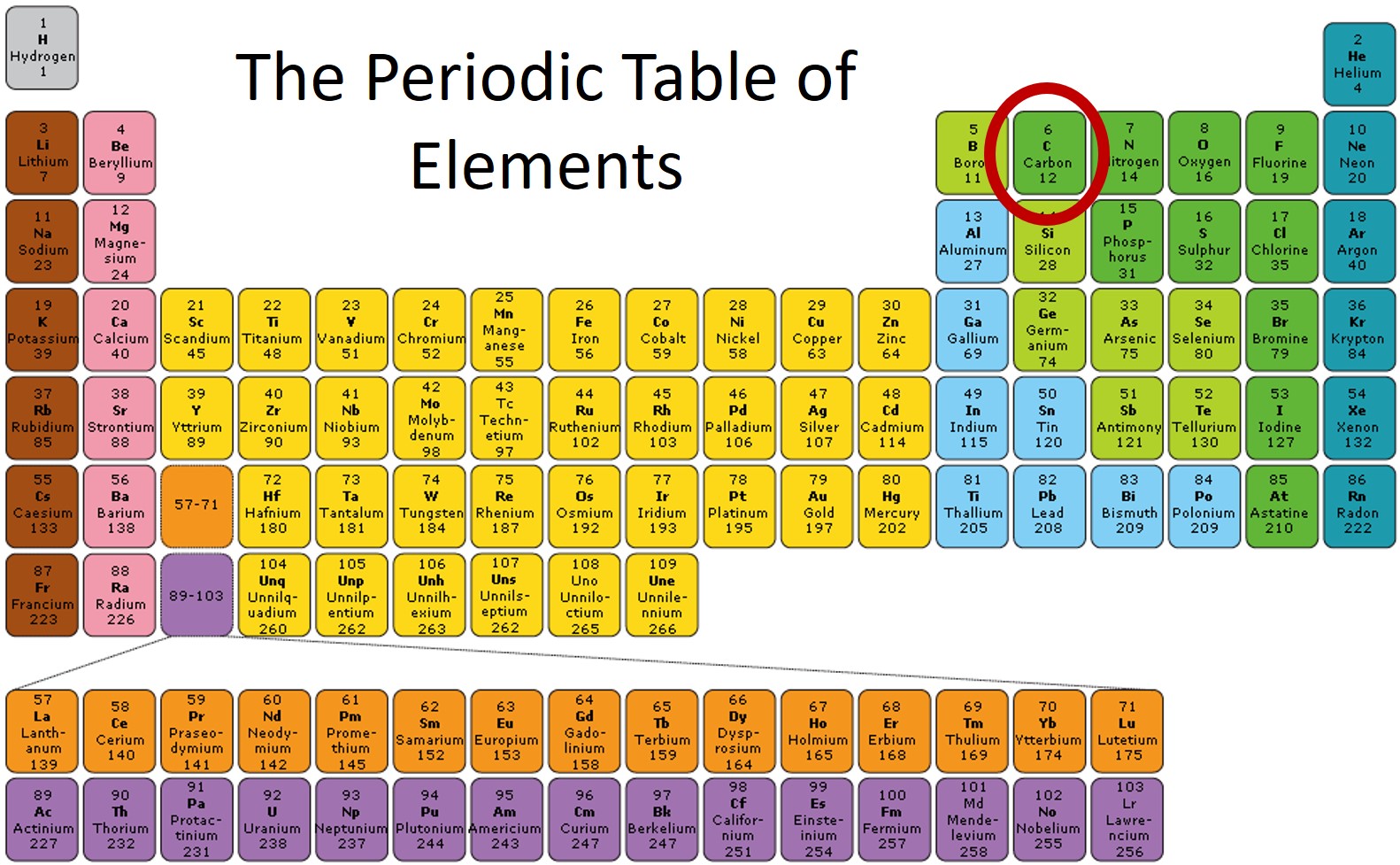
Why is it not called the Periodic Table of Atoms then? What is the difference between atoms and elements?
An element is a group of identical atoms which may, or may not, be joined together.
Let us now take a closer look at one of these elements - carbon.
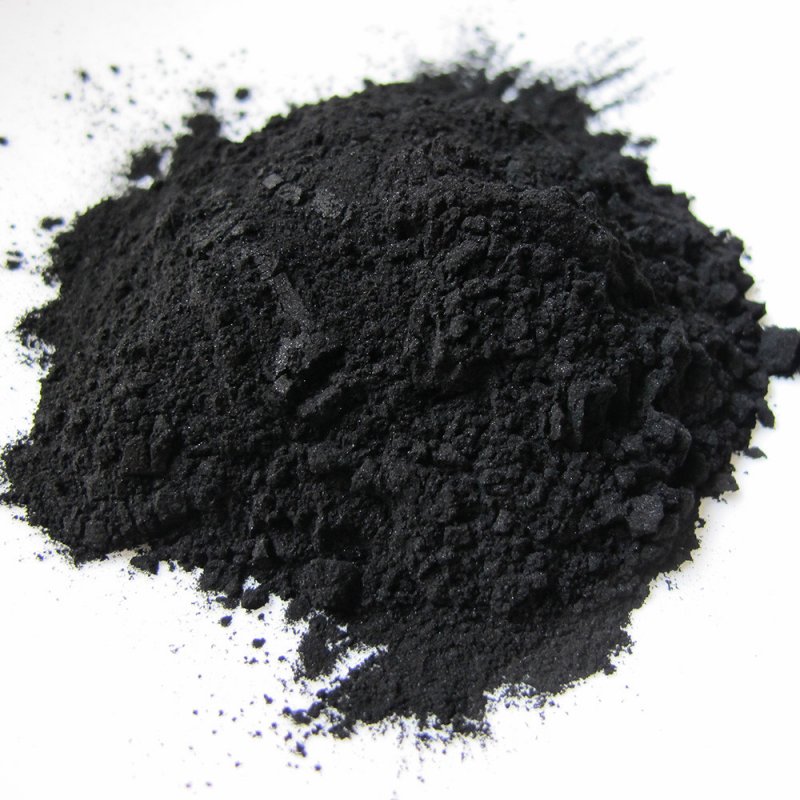
Carbon is an element made up of just one type of atom. From this image, carbon looks like a black dust. So, it should be of no surprise if we told you that coal is mostly made up of carbon. Remember; coal is not an element because it has a mixture of other different atoms in it.
The interesting thing about carbon is that the atoms can connect to each other in lots of different ways. The way in which they join can change the properties of the carbon structure.

This is graphite. It is made of carbon atoms that form in layers. It is a silvery grey in colour and is used as the 'lead' in pencils.

Can you see the similarity between this and coal? The difference is that graphite is pure carbon, whilst coal has other atoms mixed into its structure.
But what happens if the carbon is forced, by very high pressures, to take up the smallest amount of space possible? Well, instead of forming layers of atoms, it forms a solid 3D gridwork of them. Let's look at how it comes out of the ground then:
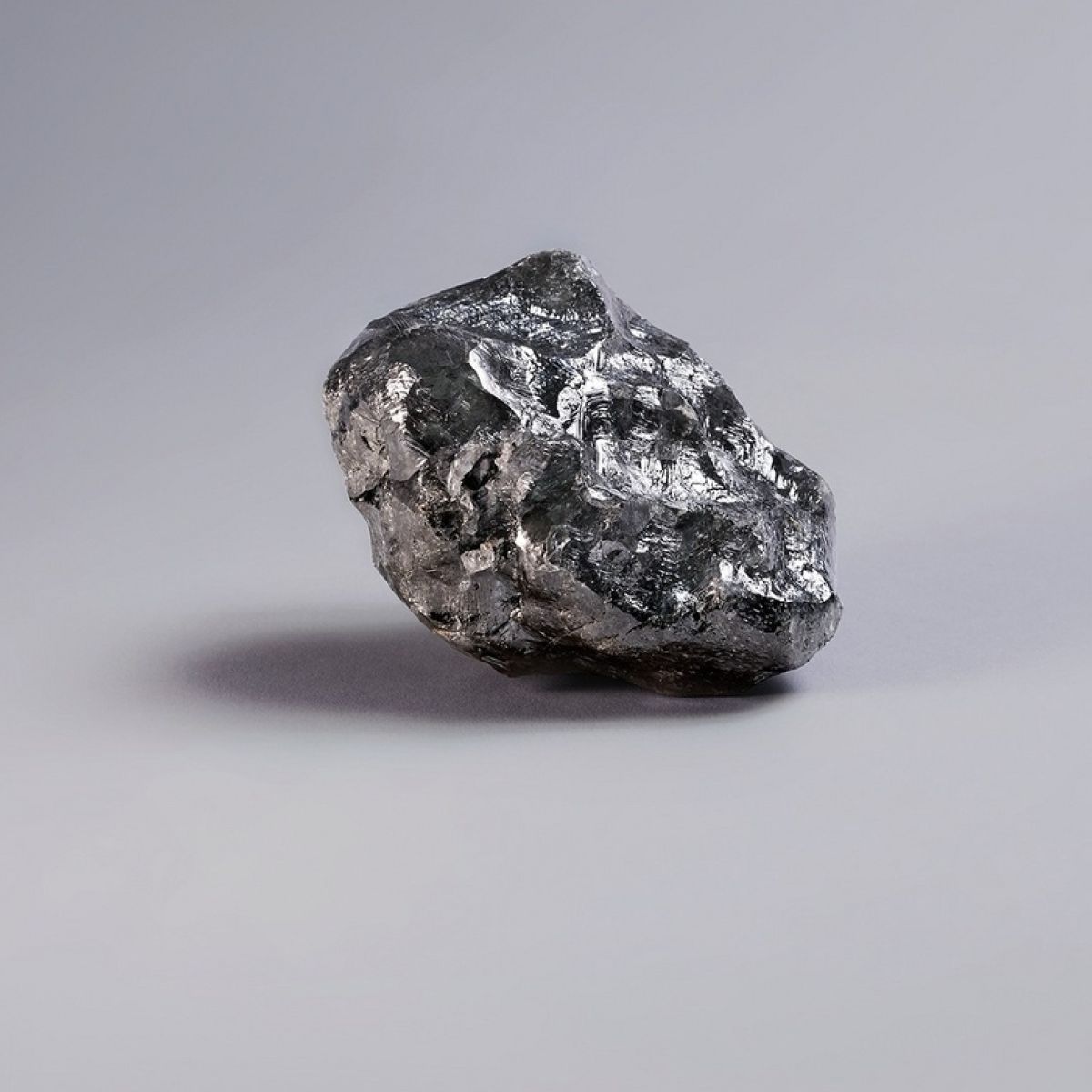
It does look a bit like a piece of super shiny graphite, or possibly a chunk of silvery metal.
So, what do we call this type of carbon?
The above image is of the Sewelo Diamond - one of the world's largest uncut diamonds.
How is that a diamond?
Do you remember what was said earlier about diamond? They need to be processed. An uncut diamond is one straight from a mine. These are then cut and polished to make them into jewels. Below is a representation of how the Sewelo diamond will look if it is processed as a single large jewel:
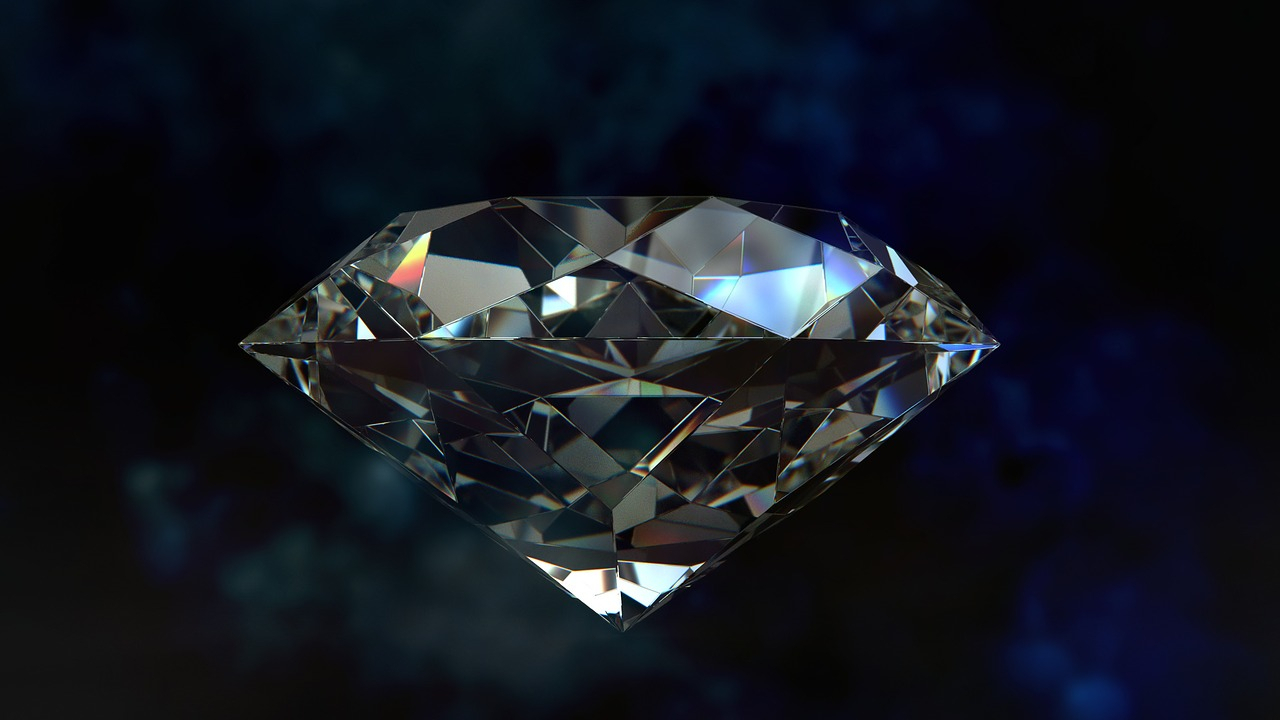
Does that mean we can turn coal into diamonds?
Yes, it is possible to turn coal into diamonds, but it wouldn't make very good diamonds as coal has other atoms than carbon in it - graphite would be a much better choice. However, the huge amounts of pressure that would be needed to do this requires very expensive specialist equipment and lots of electricity. We're talking about pressures greater than that of 17,000 elephants stacked one on top of the other (creating a tower more than six times the height of Mt. Everest).